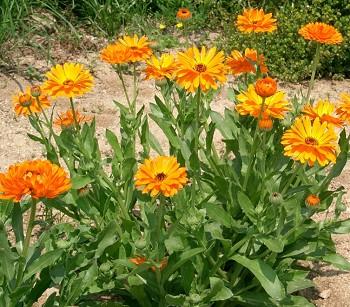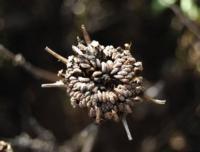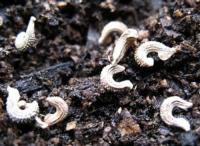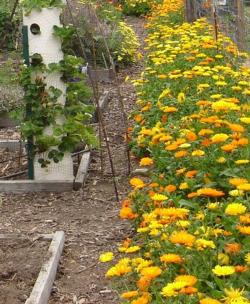Growing & using calendula

Calendula, native to the Mediterranean region, is derived from the Latin word calends, which means the first day of the month, suggesting that as the months passed, calendula remained in bloom. Officinalis indicates that the plant was in the medieval European pharmacopoeia. The common name, marigold, is literally Mary’s gold.
Propagation of calendula couldn’t be easier. It grows well in both full sun and part shade. It can be planted in a pot with good potting soil or directly in the ground. The soil should be moderately fertile and well drained. Calendula can also tolerate poor soil, including clay, and survives the cool, foggy coastal summers. In our zone 17 climate it will continue to bloom well into the fall and early winter. Water needs are fortunately moderate. And it is deer resistant.



Master Gardener Jan Didur's tips for using calendula
Besides being beautiful and easy to grow, calendula blooms are edible. I sprinkle the brightly-colored petals in eye-popping salads and mix them into goat and cream cheeses for color.
If you want to be a little more ambitious, try making your own healing calendula salve used topically for rashes, dry skin, lip balm and other minor skin irritations. I have used this recipe for over 20 years and it’s easy to make.
Calendula Salve
- Collect a jar of calendula flowers and let dry for one day to get rid of some of the moisture.
- Fill jar with good olive oil, covering petals by more than an inch. Add a few drops of either vitamin E oil or wheat germ oil to reduce chance of mold forming.
- Let sit in a cool, dark place for six weeks. Occasionally check for mold.
- Using a funnel lined with cheese cloth, decant the oil.
- Gently heat 2 tbsp of oil. Add 1.5 tbsp of grated beeswax and stir. This will melt quickly so take care not to overheat! (ratio of oil to beeswax is 2:1.5)
- Pour into a sterile jar. Check to ensure the salve has set. If it is too watery, simply put it back into the pot and add more beeswax. If it is too solid, add more oil to the pot.
Sometimes I add a few drops of essential oil of lavender for a divine salve. I encourage you to experiment.
